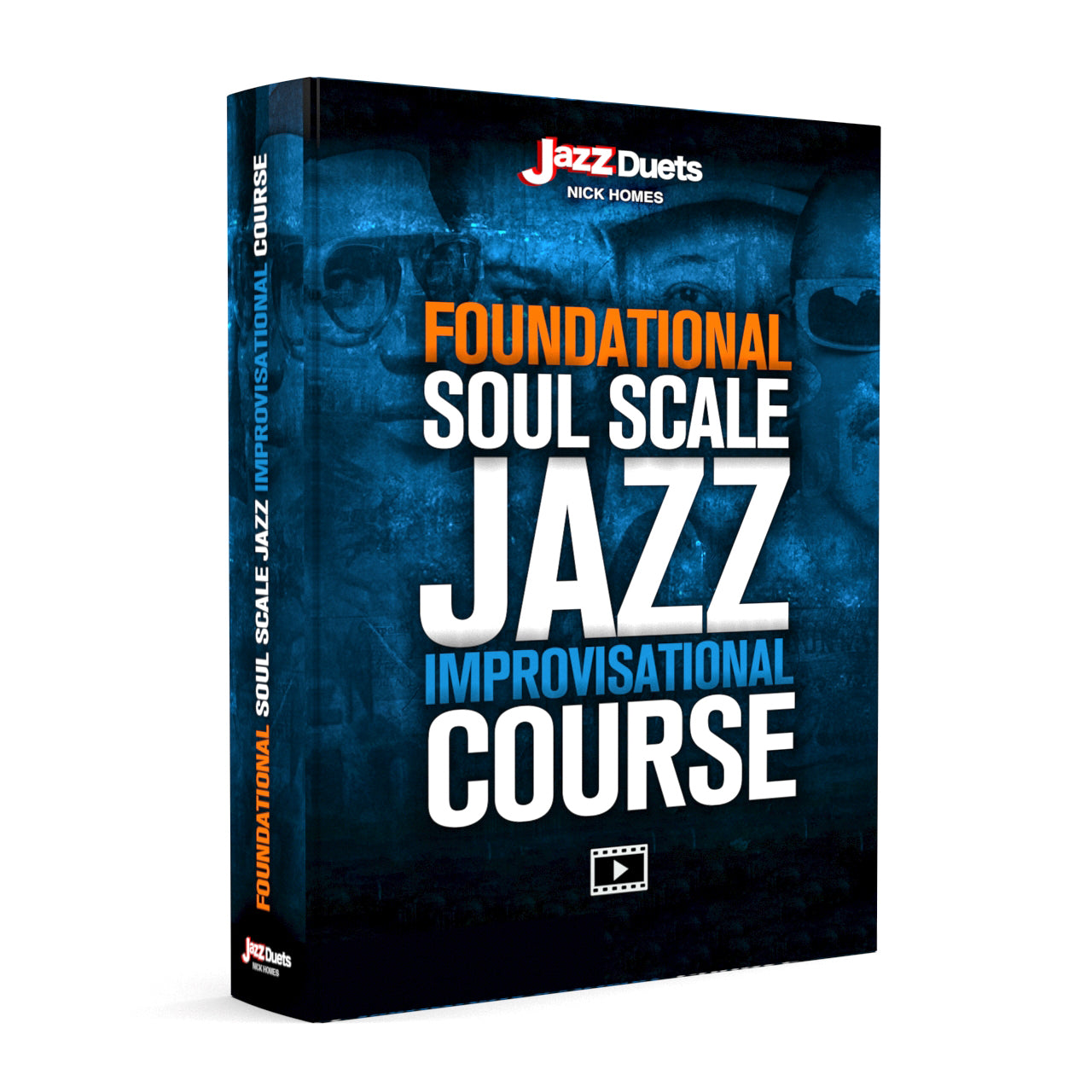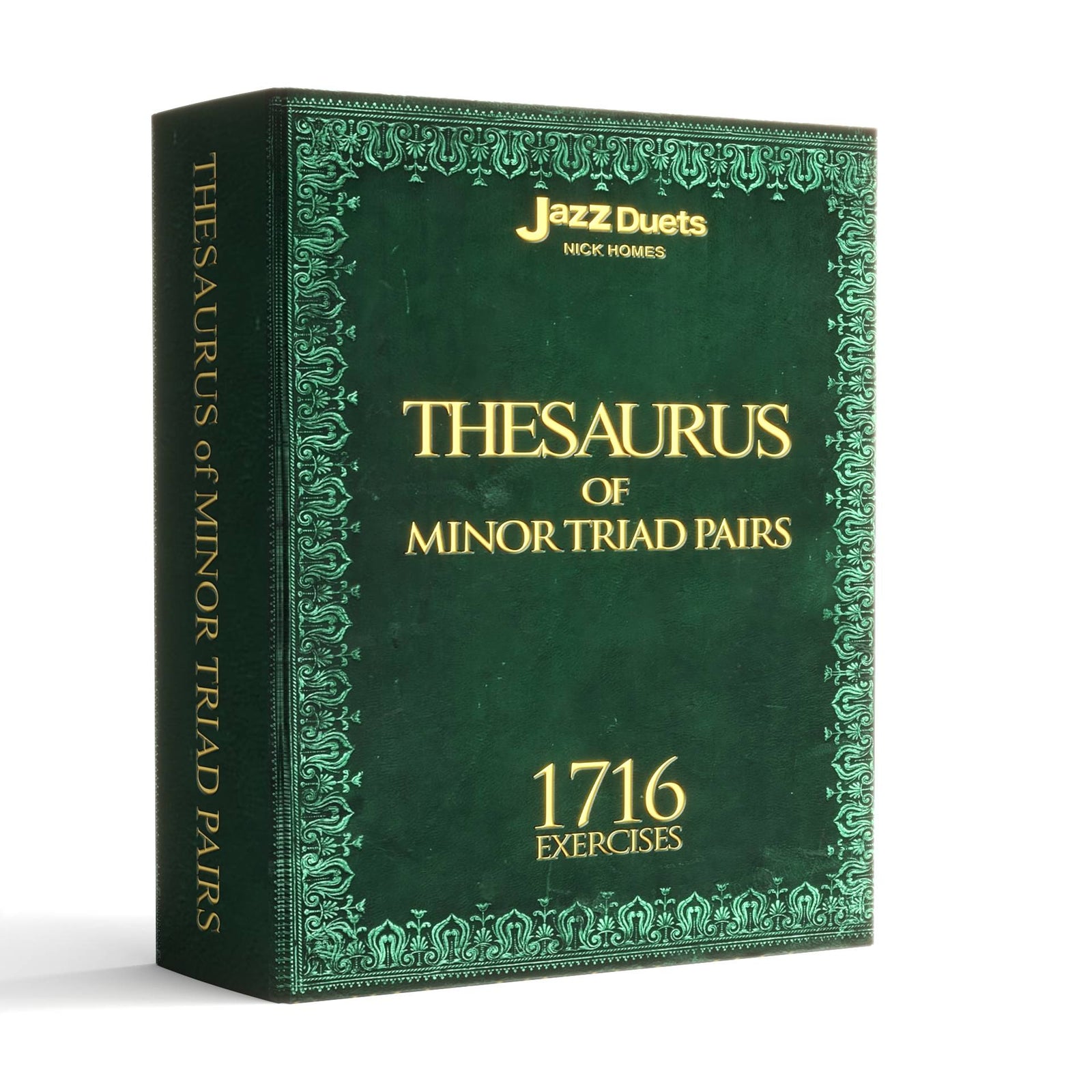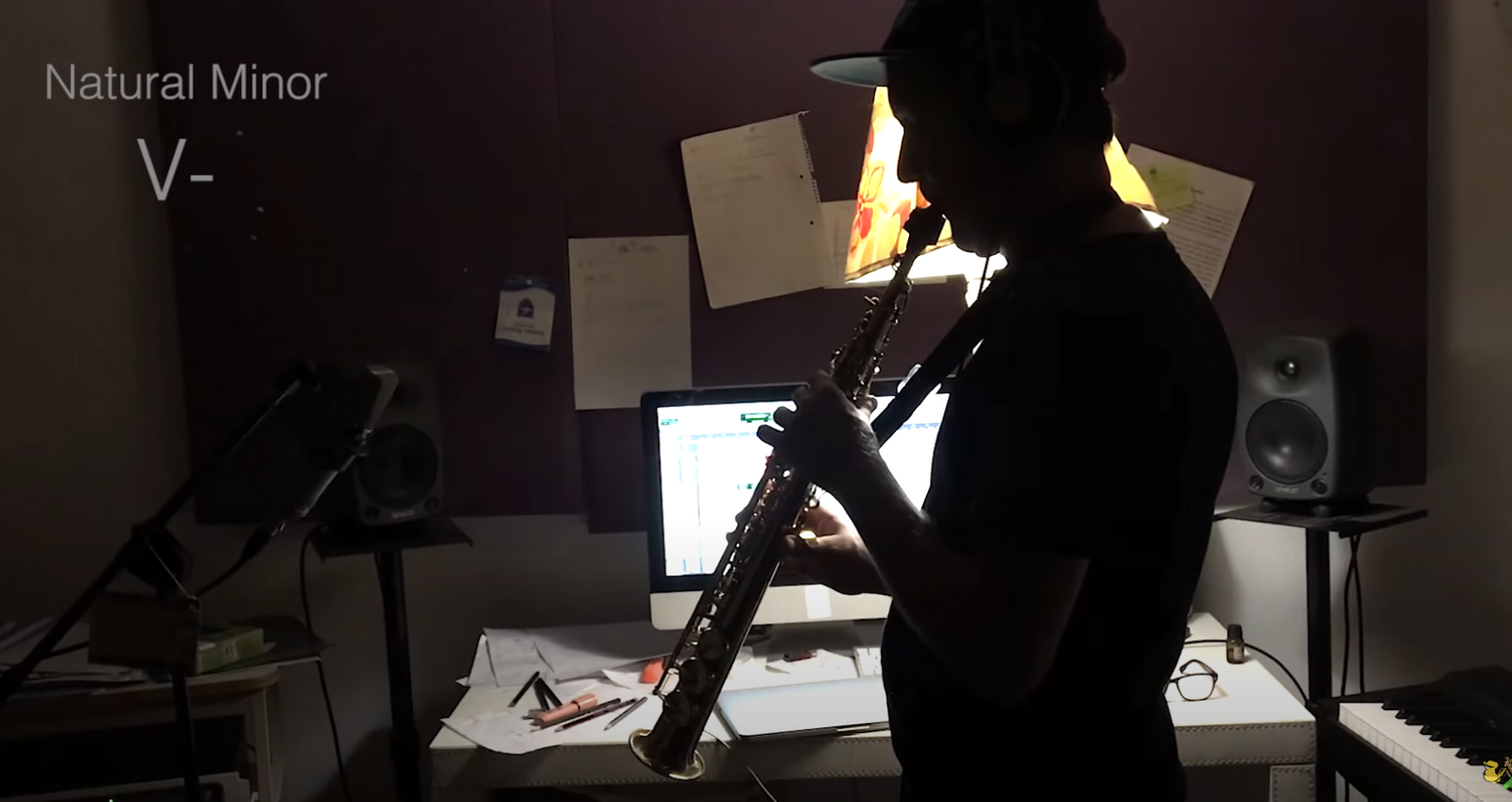Speaker 1 (00:13):
Hi. In this video we are going to look at nine plus ways to harmonize the natural minor scale. Please note the audio snips are purposely short for educational illustration as the intention is not to infringe any copyright. Example one basic. In this first example, we are going to harmonize the a natural minor scale with just one four and five minor chords of the scale
Speaker 2 (00:43):
[inaudible].
Speaker 1 (01:00):
This simple harmonization brings out the Samba, perhaps sad quality that the natural minor evokes that is characterized by the flat sixth and seventh degree. It is noticeable that all chords here, one, four and five are minor, which probably has something to do with it. Example two ain't no sunshine when she's gone. Bill Withers,
Speaker 3 (01:23):
ain't no sunshine when she's gone.
Speaker 1 (01:30):
Here are the Chords that make up the song. Let's call the he is the a natural minor harmonize with these chords drawn from this chord bowl
Speaker 4 (02:07):
[inaudible]
Speaker 1 (02:09):
to me, the scale now sounds less melancholy perhaps as this flattened seventh chord. G in this case that is quite characteristic of the natural minor is not so gloomy as the other minor Chords. Also, the four minor and five minor chords are now minus seventh chords. The D minus F can be thought of as eight F major triad over a deep base and the [inaudible] like a G major triad over an E base. These minor seventh chords are for me not so glum as the best dark triads. Example three Beverly Hills cop theme. Let's listen to the original in F minor. This cool theme as the flat six major chord into the mix here is the chord
Speaker 5 (03:05):
in F minor
Speaker 6 (03:09):
[inaudible] [inaudible].
Speaker 1 (03:13):
You can see there are just three chords, one minor flat six major and flat seven major. Here is the F natural minor scale harmonized using these three chords
Speaker 7 (03:42):
[inaudible]
Speaker 1 (03:47):
and here is the a natural minor harmonized with those three chords.
Speaker 6 (03:56):
[inaudible]
Speaker 4 (04:11):
[inaudible].
Speaker 1 (04:11):
This little progression of course is tremendously common in many types of music. Example for Lambada, this famous eighties tune features solely diatonic chords of the natural minor. Here is the original version in D minor
Speaker 2 (04:33):
[inaudible]
Speaker 1 (04:34):
here.
Speaker 5 (04:35):
Cool. In that key
Speaker 8 (04:43):
[inaudible]
Speaker 1 (04:46):
and here is the D natural minor harmonize with East chords
Speaker 2 (05:04):
[inaudible] [inaudible]
Speaker 1 (05:11):
and here is the a natural minor harmonized with those chords.
Speaker 6 (05:31):
[inaudible] [inaudible]
Speaker 9 (05:36):
[inaudible]
Speaker 1 (05:36):
the addition of the flat three chord in this case C major, the relative major perhaps as a Joliet touch into the proceedings, it certainly softens the minor sound of the piece. Example five little wing. Let's listen to a blast of the original in E flat minor.
Speaker 2 (05:54):
She's walking
Speaker 1 (05:58):
here is the cooled pool in that. Yeah.
Speaker 10 (06:00):
Okay.
Speaker 6 (06:11):
[inaudible]
Speaker 1 (06:14):
and here is the E flat natural minor harmonized with these chords.
Speaker 11 (06:22):
[inaudible]
Speaker 2 (06:26):
[inaudible] [inaudible], [inaudible]
Speaker 11 (06:38):
[inaudible]
Speaker 1 (06:41):
and here is the a natural minor harmonize with those chords.
Speaker 2 (06:50):
[inaudible]
Speaker 9 (06:59):
[inaudible]
Speaker 2 (07:05):
[inaudible].
Speaker 1 (07:08):
The presence of the B flat chord in a minor is very interesting. Classically speaking, it is the Neapolitan sixth chord. I wonder if Jimmy Hendrix knew of this or just liked the sound. It is also the flattened seventh chord of C major example six God rests. You marry gentlemen, this version of this traditional Christmas song is sung by the group Pentatonic in C sharp minor [inaudible]. Nothing you hear is the cord. Paul.
Speaker 10 (07:41):
In that case
Speaker 6 (07:49):
[inaudible]
Speaker 1 (07:52):
and here is the C-sharp natural miner harmonized with chords drawn from this court bowl
Speaker 2 (08:12):
[inaudible]
Speaker 1 (08:19):
and here is a natural minor harmonized with those chord Paul chords.
Speaker 4 (08:28):
[inaudible]
Speaker 7 (08:40):
[inaudible]
Speaker 4 (08:45):
[inaudible].
Speaker 1 (08:46):
This is interesting as even though the melody is strictly from a natural minor, there is an East seven chord that contains G sharp that is not diatonic to a natural minor example seven another star by Stevie wonder. Let's take a listen.
Speaker 4 (09:07):
[inaudible]
Speaker 1 (09:07):
yeah. Is the cord in that key F sharp minor
Speaker 6 (09:16):
[inaudible]
Speaker 1 (09:21):
and here is the F sharp natural, minor harmonized with chords drawn from this pool.
Speaker 2 (09:31):
[inaudible] [inaudible].
Speaker 1 (09:48):
Now we listened to a minor harmonized with those chords.
Speaker 1 (10:14):
Notice all the cords here are seventh chords. This flavors the song in a certain way. Simply put the cords have a different emotion with the seventh not better or worse than a triad. Just different. A new chord color if you like. Is it easy? Seven plus five or some say augmented fifth which spices up and adds emotion. I did in the G 11th even though it is not a coordinator for variety, it can be thought of as a D minor seven with a G in the base example eight the Russians by sting. This song uses a melody by Russian composer Prokofief
Speaker 1 (11:04):
and that key
Speaker 1 (11:17):
and here is the C natural minor harmonized with chords drawn from this pool.
Speaker 1 (11:45):
and here is the a natural minor harmonize through these chords.
Speaker 1 (12:12):
perhaps as you heard, the most interesting emotional thing here is the second chord, the D minus six over the F base. This first inversion creates a sad emotion felt so far quite stirring. I would say. Example nine Spartacus theme played by bill Evans in E minor. This last example for me is immensely deep. Let's listen. Yeah, is the chord in that key, E minor
Speaker 1 (12:57):
and here is the easy, natural, minor harmonize with chords drawn from this
Speaker 1 (13:25):
and he has the a natural minor harmonized with these chords.
Speaker 1 (13:51):
What's especially interesting about this example is that the harmony starts on chord four minor D minor, whereas all the other start on chord one minor, the tonic minor. This harmony also contains C seven chord, flat three seven which is the dominant seventh chord of F major, which is flat six in a minor. This C7 is quite striking to the ear, probably as it contains an ear catching B flat.
Speaker 2 (14:22):
[inaudible].










